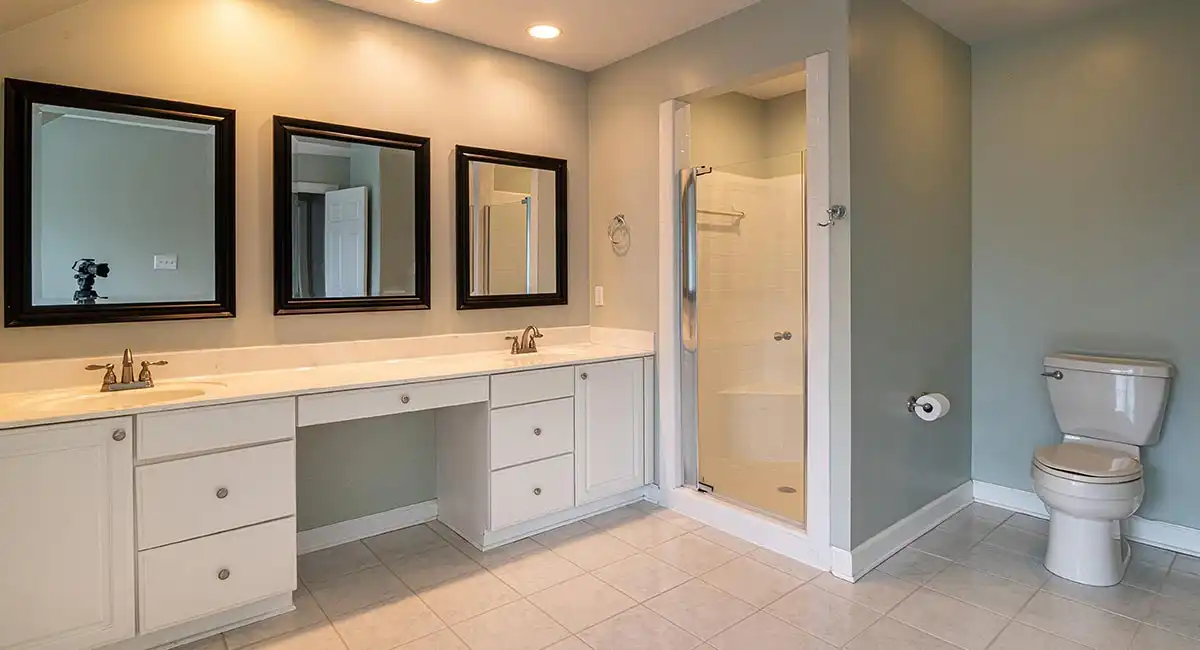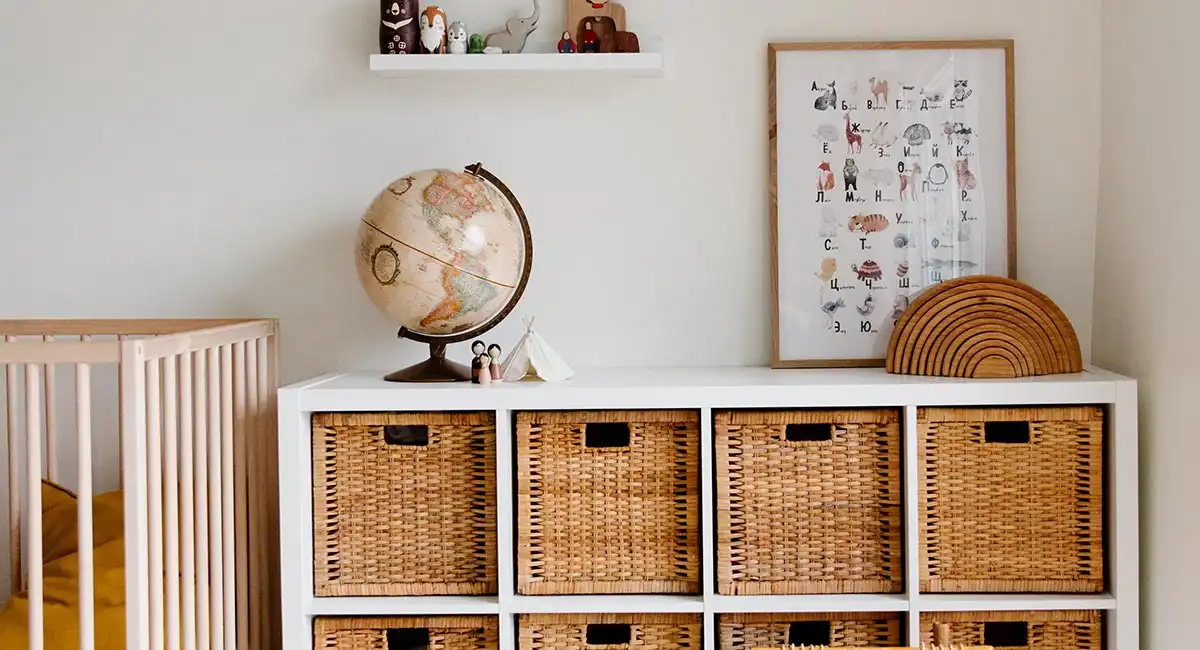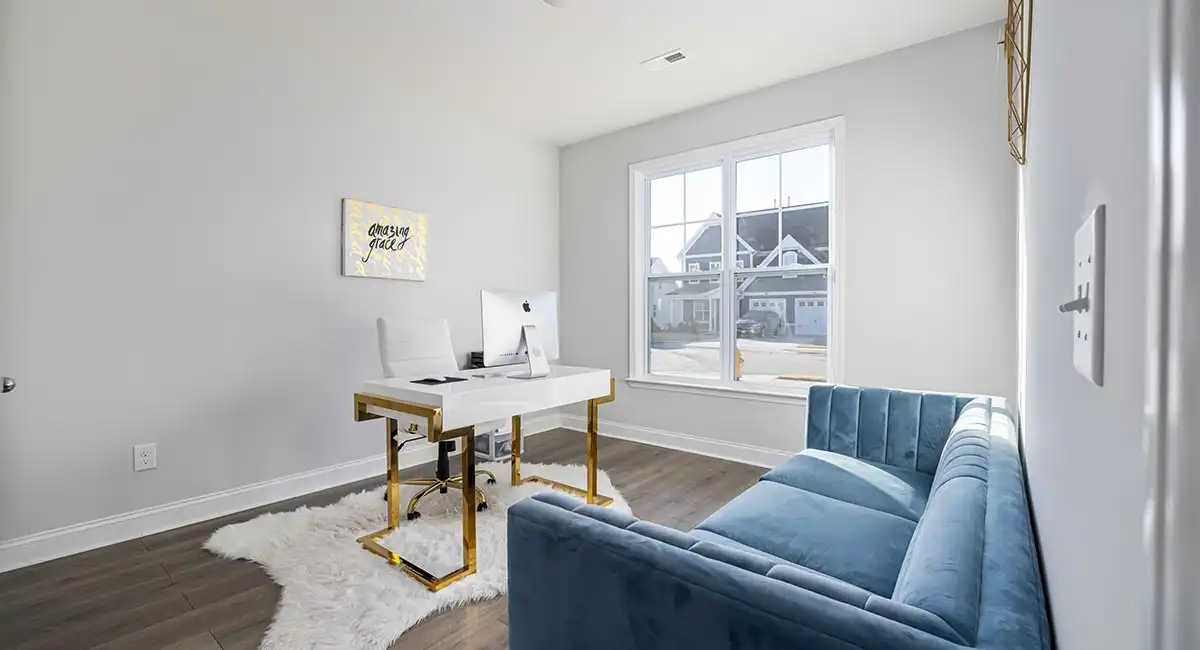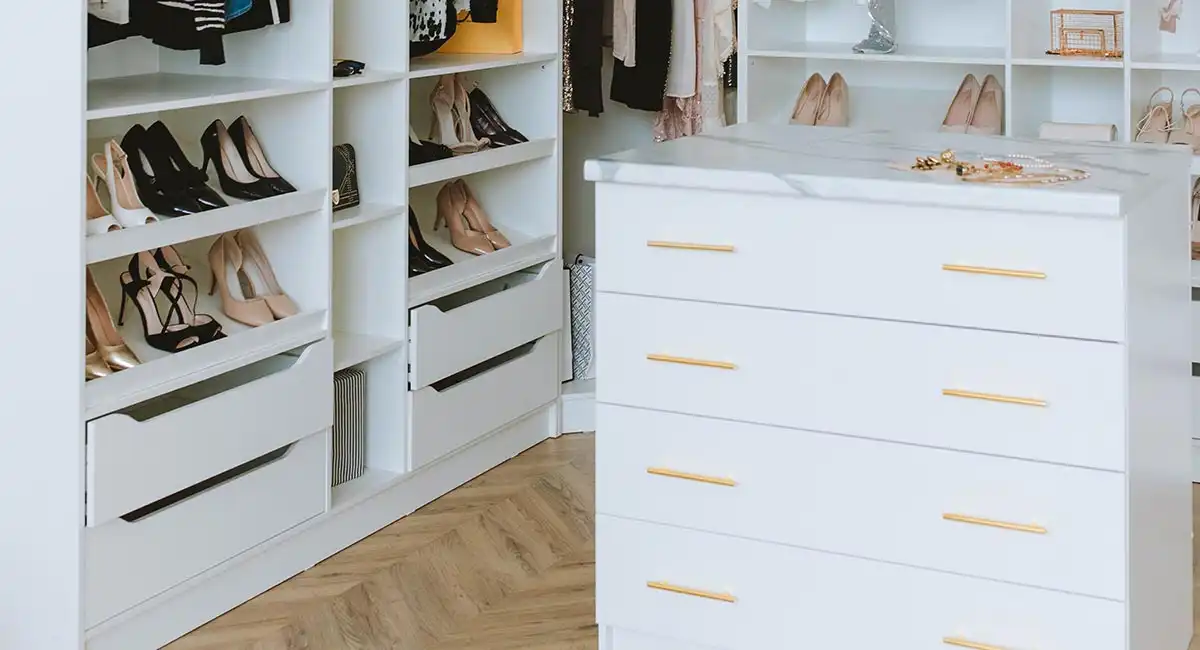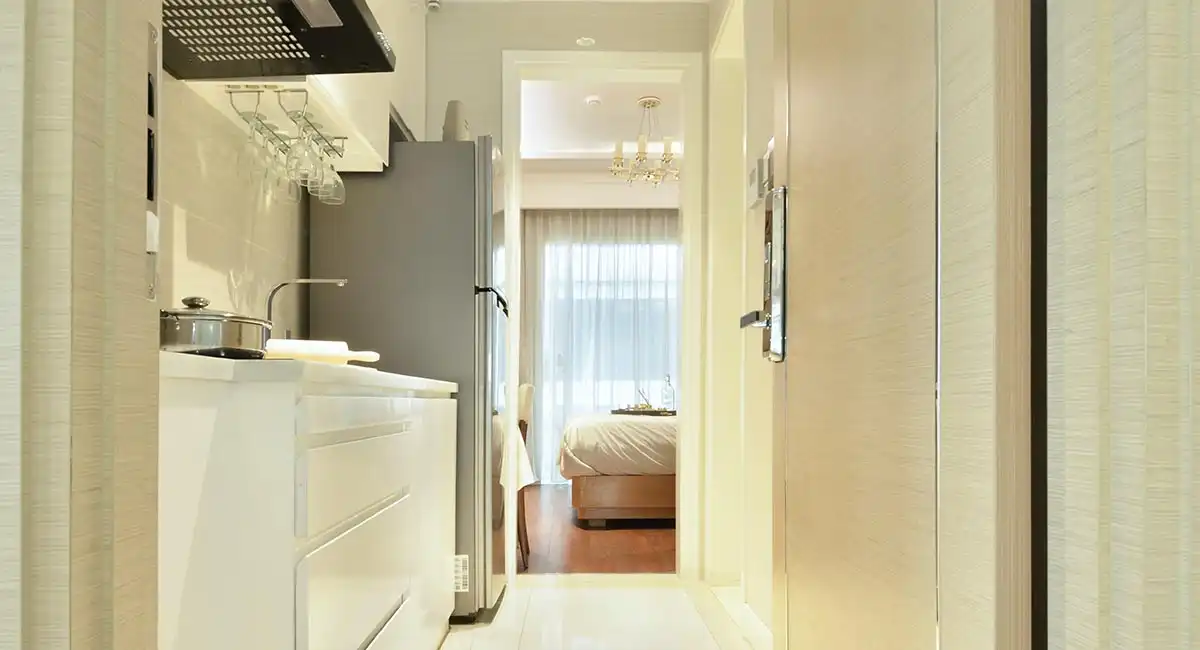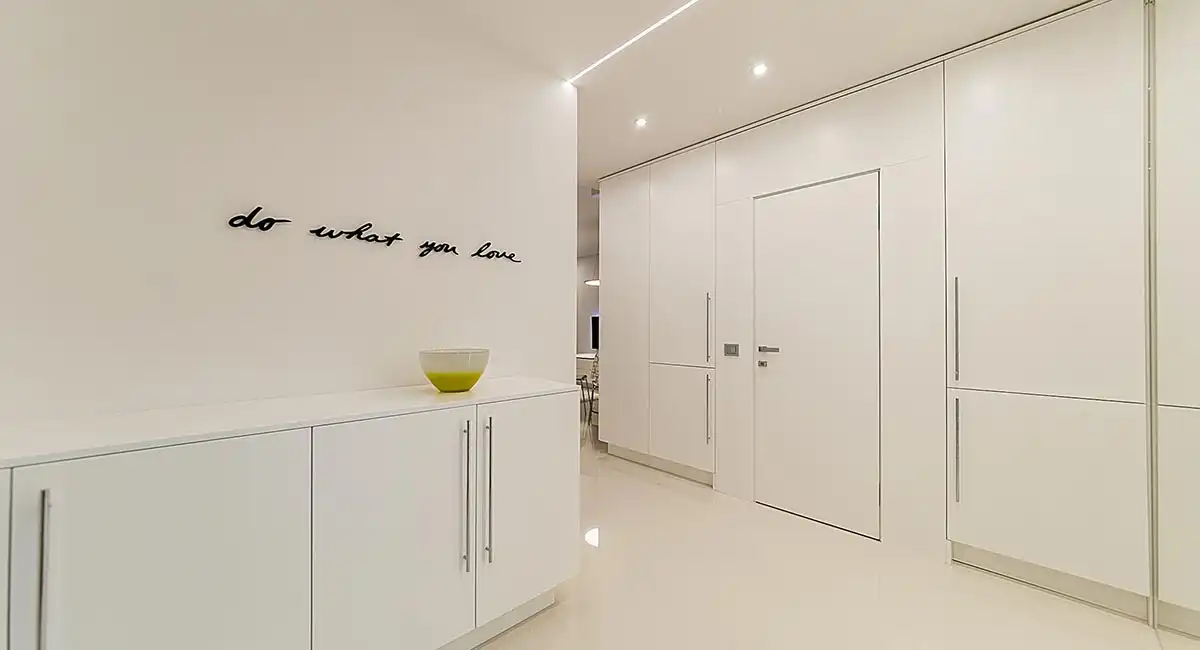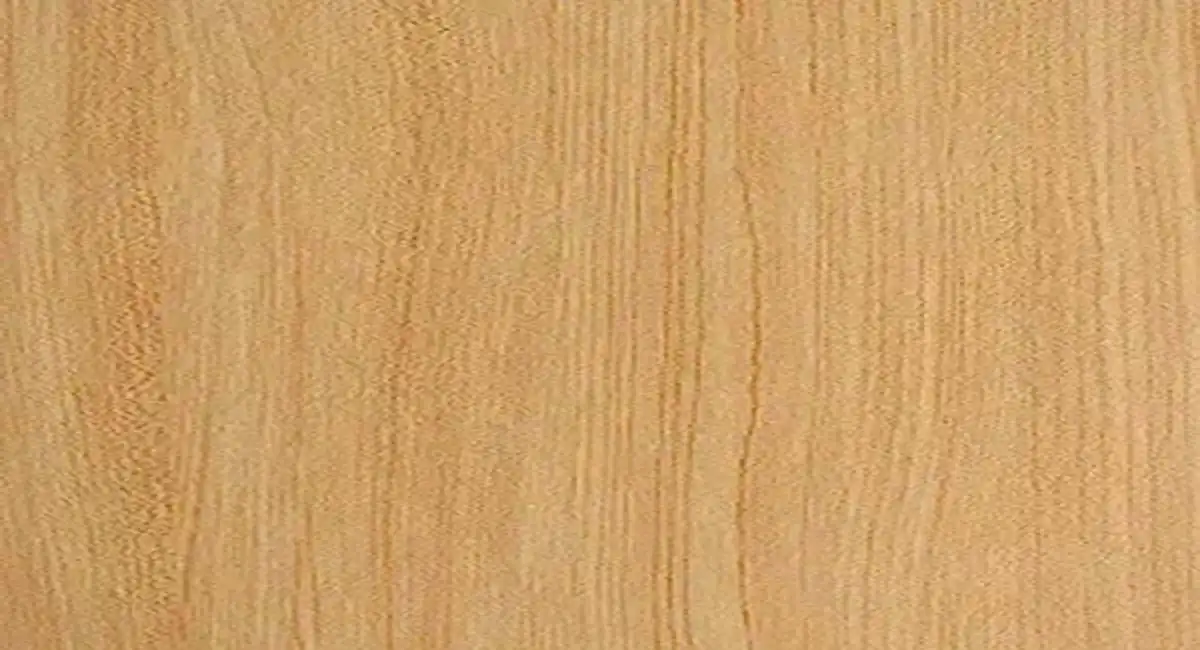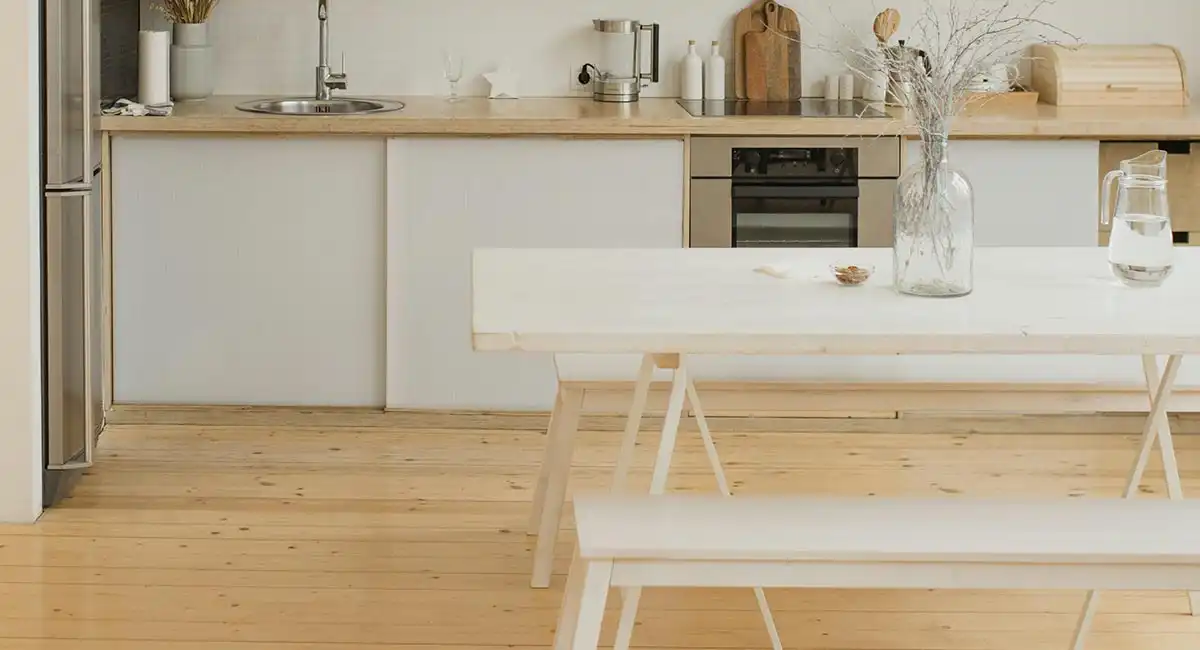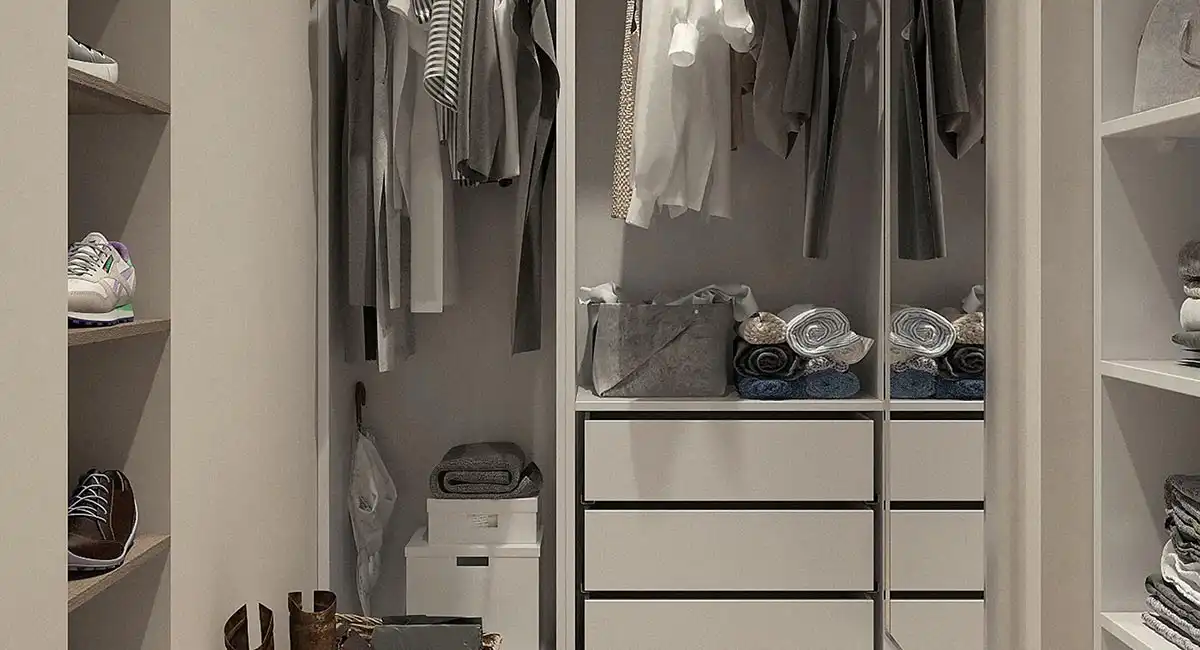
Which type of board is best for wardrobes?
1. Particleboard has long wood fibers in the middle and fine wood fibers on both sides, which are pressed into boards.
Particleboard: The trunks and branches of artificial forests and natural forests are shaved or shavings, and formed under high temperature and high pressure.
The advantages are small expansion rate and strong stability. It is suitable for relatively humid environments such as kitchens.
The disadvantage is that the surface cannot be milled. The edge banding is easy to fall off (because there is a certain gap between the boards and the surface flatness is not enough).
2. Density board breaks the wood, keeps the original fibers and is pressed and formed at high temperature. The surface flatness is good, easy to mill, good stability, strong nail holding force (because density board is a solid material, so the nail holding force is greater than particle board), etc. It is better than particle board in strength and hardness.
But there are also disadvantages, it is not resistant to blisters. The expansion after being blistered is about 2mm on one side. Therefore, density board is more suitable for drier environments such as wardrobes.
3. Wood plastic louver: wood plastic louver is waterproof, mildew-proof, insect-proof, antibacterial, acid-resistant, washable, environmentally friendly, formaldehyde-free, not easy to deform, not cracked, and has flame retardant and self-extinguishing functions. The surface treatment of wood plastic louver is smooth and has no obvious defects, and the texture is obviously stronger than density board. Moreover, the film is pasted, the strength is high, and it is not easy to bubble in the sun or humid environment. However, the price is relatively expensive, the narrow sliding door is slightly light, the hollow structure, and the popularity is not very high.
4.Density board louver :Density board louver is not moisture-proof, absorbs water and expands, is prone to mold, grows green hair when wet, cannot be washed, and there is a situation of excessive formaldehyde release. It is easy to deform, not flame retardant, low price, weight suitable for sliding doors, solid structure, and high popularity.
Solid wood wardrobes are more durable, why is that?
Mainly because the materials of solid wood boards are taken from nature. How can it be bad to use natural materials as raw materials? Solid wood floors have good moisture absorption and air permeability, and will not cause any environmental and air pollution. Since solid wood boards are made of natural materials, they are tougher than many woods in terms of service life. And because they have been subjected to the cleansing of nature, the wood also exudes a fragrance, which is not pungent, but makes people like it very much. However, due to the high requirements for the production process of solid wood boards and the limited wood resources in nature, most of the solid wood floors used are artificially made.
What kind of board is the most environmentally friendly for wardrobes?
The tooth-jointed wardrobe board is made of multiple wooden strips longitudinally and transversely using adhesives and cold-pressed, that is, integrated wood boards. The internal stress is offset by the random placement and splicing of small wooden strips. The tooth-jointed wardrobe board is not easy to deform and warp, suitable for arbitrary processing, and is one of the important raw materials for furniture making. Since the tooth-jointed wardrobe panels do not use urea-formaldehyde glue during the processing, but white latex is used. They go through processes such as pressurization, pressure relief, and curing, so their environmental friendliness is trustworthy.

